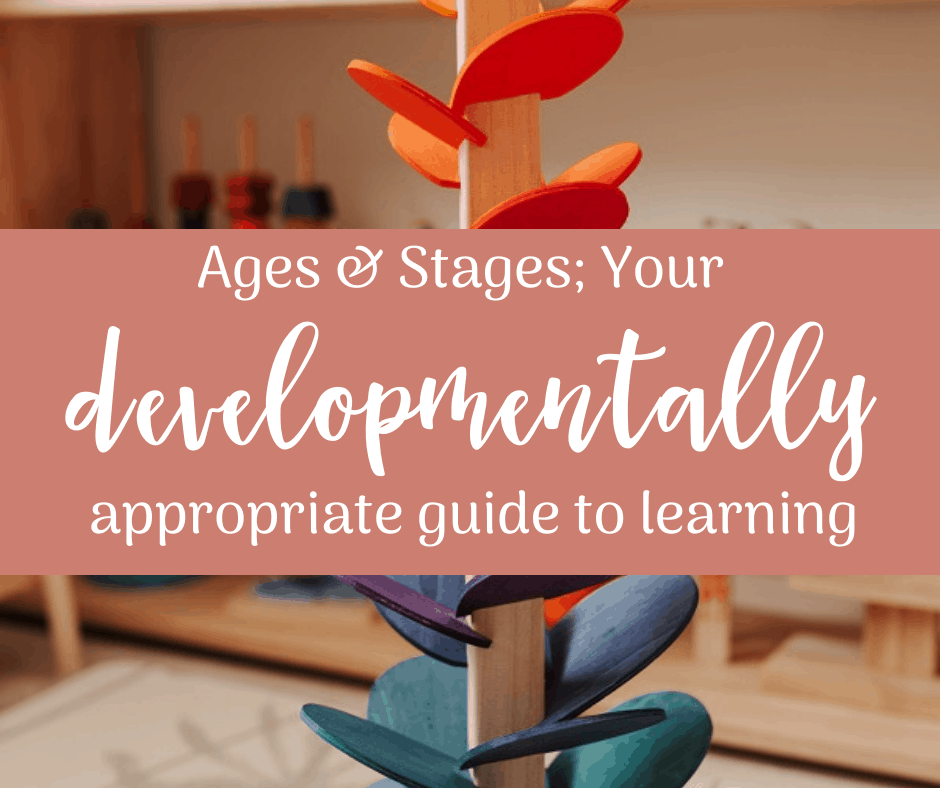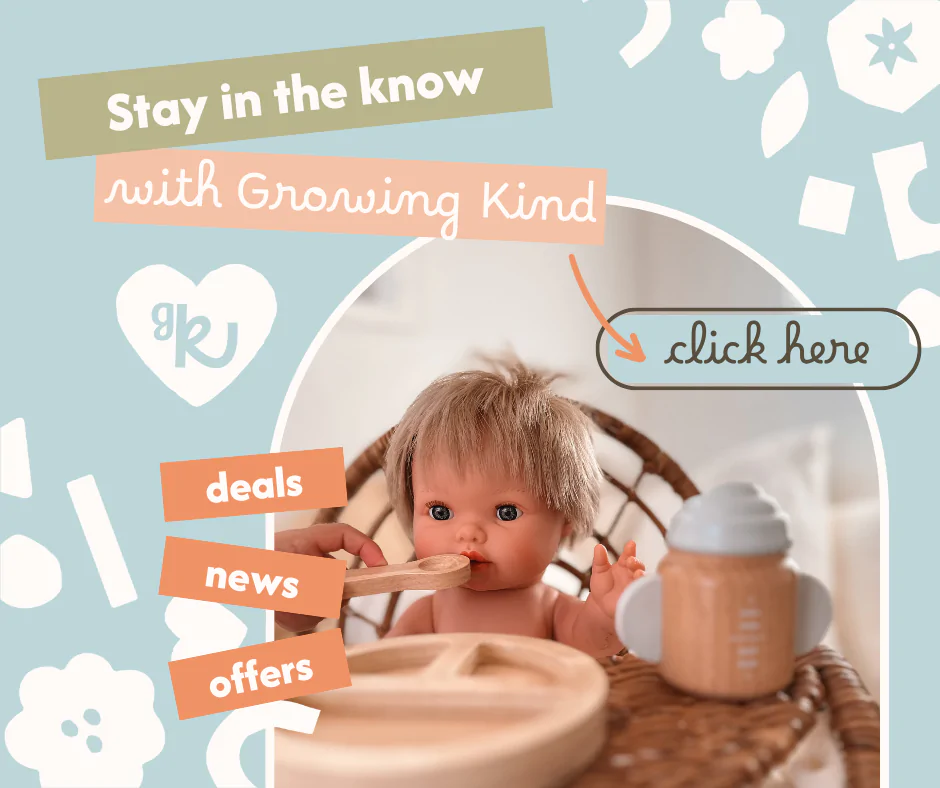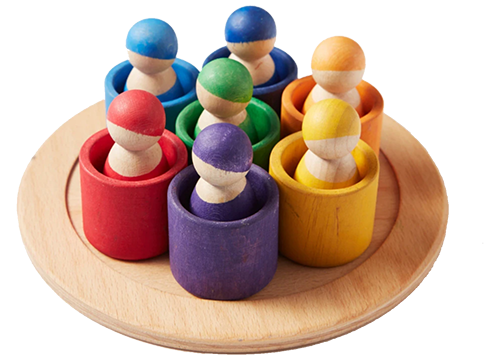BY AMIE HANKINSON – GROWING KIND
There is every chance that you are at home with your children due to COVID-19, and you are probably wondering ‘WHAT’ and ‘HOW’ your children should be learning. I have been watching homeschool resources circulate the internet this week (not all good, though with great intentions I am sure) and have been very proactive in sharing my love for ‘hands-on’ learning. Let me say Kindly, worksheets do not have a place in early childhood education.
I truly believe that this is a time for building relationships, patience and compassion and we should be focusing on a safe, predictable and gentle routine. In saying that, I also understand that parents need to feel a sense of ‘control’ right now, in a world where they have lost all control and certainty.
I want to ensure that when children look back on 2020 it is full of beautiful memories with their family, not trauma! So I will continue to share my vision and passion for raising kind, resilient and compassionate children – and I really hope you will join me.
To understand how and why children thrive off hands-on, active learning it’s important to know a few things:
1. How do children brains form?
2. What is developmentally appropriate at each age/ stage?
3. What is the research against early academics and rote learning?
I do not have time or enough words to explain all of these in detail, so will list some suggested readings at the end.
In the most basic explanation ever:
1. How do children brains form?
– Brains are built not born, they require experience to shape and grow
– The brain increases in size, reaching approximately 90% of adult volume by age 6
– From conception and through childhood profound changes occur in the construction of the brain leading to the emergence of increasingly complex social, emotional, cognitive and motor skills.
– The first 3 years of life are the most important, for most children. By 3.5 years brain development patterns are mostly set (they can be repaired later in life but its not simple)
– The brain develops from the bottom up; survival needs must first be met, then movement needs, then emotional before finally abstract and cognitive processes
2. What is developmentally appropriate at each age/ stage?
An understanding of developmental milestones allows parents to effectively assess children’s play and learning and plan for future learning based on their observations. It is important for parents to know that in Australian early childhood settings, we plan learning in accordance with the Early Years Learning Framework and the United Nations Convention on the Rights of the Child.
“The Convention states that all children have the right to an education that lays a foundation for the rest of their lives, maximises their ability, and respects their family, cultural and other identities and languages. The Convention also recognises children’s right to play and be active participants in all matters affecting their lives.”
The following developmental milestones have been abstracted from the Early Years Learning Framework (EYLF) and are based off typical childhood development.
“Children’s learning is ongoing and each child will progress towards the outcomes in different and equally meaningful ways. Learning is not always predictable and linear. Educators plan with each child and the outcomes in mind.”
From 0-12 months
This age is complex and constantly evolving –please see milestone document for the breakdown of ages
From 1-2 years
- walks, climbs and runs
- takes two to three steps without support, legs wide and hands up for balance
- crawls up steps
- dances in place to music
- climbs onto chair
- kicks and throws a ball
- feeds themselves
- begins to run (hurried walk)
- scribbles with pencil or crayon held in fist
- turns pages of book, two or three pages at a time
- rolls large ball, using both hands and arms
- finger feeds efficiently
- begins to walk alone in a ‘tottering way’, with frequent falls
- squats to pick up an object
- reverts to crawling if in a hurry
- can drink from a cup
- tries to use spoon/fork
- begins to cooperate when playing
- may play alongside other toddlers, doing what they do but without seeming to interact (parallel play)
- curious and energetic, but depends on adult presence for reassurance
- may show anxiety when separating from significant people in their lives
- seeks comfort when upset or afraid
- takes cue from parent or principal carer
- regarding attitude to a stranger
- may ‘lose control’ of self when tired or frustrated
- assists another in distress by patting, making sympathetic noises or offering material objects
- repeats actions that lead to interesting/ predictable results, e.g. bangs spoon on saucepan
- points to objects when named
- knows some body parts
- points to body parts in a game
- recognises self in photo or mirror
- mimics household activities, e.g. bathing baby, sweeping floor
- may signal when s/he has finished their toileting
- spends a lot of time exploring and manipulating objects, putting in mouth, shaking and banging them
- stacks and knocks over items
- selects games and puts them away
- calls self by name, uses ‘I’, ‘mine’, ‘I do it myself’
- will search for hidden toy
- comprehends and follows simple questions/ commands
- says first name
- says many words (mostly naming words)
- begins to use one to two word sentences, e.g. ”want milk”
- reciprocal imitation of another toddler: will imitate each other’s actions
- enjoys rhymes and songs
From 2-3 years
- walks, runs, climbs, kicks and jumps easily
- uses steps one at a time
- squats to play and rises without using hands
- catches ball rolled to him/her
- walks into a ball to kick it
- jumps from low step or over low objects
- attempts to balance on one foot
- avoids obstacles
- able to open doors
- stops readily
- moves about moving to music
- turns pages one at a time
- holds crayon with fingers
- uses a pencil to draw or scribble in circles and lines
- gets dressed with help
- self-feeds using utensils and a cup
- plays with other children
- simple make believe play
- may prefer same sex playmates and toys
- unlikely to share toys without protest
- shows strong attachment to a parent (or main family carer)
- shows distress and protest when they leave and wants that person to do things for them
- begins to show guilt or remorse for misdeeds
- may be less likely to willingly share toys with peers
- demands adult attention
- builds tower of five to seven objects
- lines up objects in ‘train’ fashion
- recognises and identifies common objects and pictures by pointing
- enjoys playing with sand, water, dough; explores what these materials can do more than making things with them
- uses symbolic play, e.g. use a block as a car
- shows knowledge of gender-role stereotypes
- identifies picture as a boy or girl
- engages in making believe and pretend play
- begins to count with numbers
- recognises similarities and differences
- imitates rhythms and animal movements
- becoming aware of space through physical activity
- can follow two or more direction
- uses two or three words together, e.g. “go potty now”
- ‘explosion’ of vocabulary and use of correct grammatical forms of language
- refers to self by name and often says ‘mine’
- asks lots of questions
- uses pronouns and prepositions, simple sentences and phrases
- labels own gender
- copies words and actions
- makes music, sing and dance
- likes listening to stories and books
From 3 -5 years
- dresses and undresses with little help
- hops, jumps and runs with ease
- climbs steps with alternating feet
- gallops and skips by leading with one foot
- transfers weight forward to throw ball
- attempts to catch ball with hands
- climbs playground equipment with increasing agility
- holds crayon/pencil etc. between thumb and first two fingers
- exhibits hand preference
- imitates variety of shapes in drawing, e.g. circles
- independently cuts paper with scissors
- toilet themselves
- feeds self with minimum spills
- dresses/undresses with minimal assistance
- walks and runs more smoothly
- enjoys learning simple rhythm and movement routines
- develops ability to toilet train at night
- enjoys playing with other children
- may have a particular friend
- shares, smiles and cooperates with peers
- jointly manipulates objects with one or two other peers
- develops independence and social skills they will
- use for learning and getting on with others at preschool and school
- understands when someone is hurt and comforts them
- may show bouts of aggression with peers
- likes to give and receive affection from parents
- may praise themselves and be boastful
- understands opposites (e.g. big/little) and positional words (middle, end)
- uses objects and materials to build or construct things, e.g. block tower, puzzle, clay, sand and water
- builds tower eight to ten blocks
- answers simple questions
- counts five to ten things
- has a longer attention span
- talks to self during play – to help guide what he/she does
- follows simple instructions
- follows simple rules and enjoys helping
- may write some numbers and letters
- engages in dramatic play, taking on pretend character roles
- recalls events correctly
- counts by rote, having memorised numbers
- touches objects to count – starting to understand relationship between numbers and objects
- can recount a recent story
- copies letters and may write some unprompted
- can match and name some colours
- speaks in sentences and use many different words
- answers simple questions
- asks many questions
- tells stories
- talks constantly
- enjoys talking and may like to experiment with new words
- uses adult forms of speech
- takes part in conversations
- enjoys jokes, rhymes and stories
- will assert self with words
So with an understanding of how the brain forms, and an understanding of the complex learning processes of children:
3. What is the research against early academics and rote learning?
Just by looking at the lists above it is pretty obvious that most of these skills cannot be achieved from a worksheet, right? Whenever I pose this question I am met with questions … “what about learning to write?’ ‘ what about cutting?’ ‘ what about drawing?’ “what if my child enjoys them?’
Firstly, arts and crafts on paper are NOT a worksheet. A worksheet is a piece of paper with a closed activity (there is a right and wrong answer).
Secondly, cutting is a skill to practise on all sorts of materials, we don’t need a worksheet for this. We can practise cutting out shapes to create a picture, cut leaves, cut play dough etc
Thirdly, children in the early years will begin writing when they are ready. They will write letters/ numbers, their name or copy text in an unstructured context from being exposed to a print rich environment. The strongest predictor of reading & writing success is exposure to books from a very young age, so read, read and read again.
Lastly, if your child enjoys worksheets, then you need to make your own judgement about what is best for them. I do pose this though; my child enjoys eating chocolate cake every morning for breakfast- but knowing the research about their health, do I allow it?
A number of international have compared the effects of early academic orientated classrooms with those of play-based classrooms. “Early academic training somewhat increases children’s immediate scores on the specific tests that the training is aimed at (no surprise), but these initial gains wash out within 1 to 3 years and, at least in some studies, are eventually reversed. Perhaps more tragic than the lack of long-term academic advantage of early academic instruction is evidence that such instruction can produce long-term harm, especially in the realms of social and emotional development.”
There are two fundamental problems with early academics. First, young children do not learn from them what teachers and parents believe they do (Kostelnik, Soderman, & Whiren, 1993). Secondly, children’s time should be spent in more beneficial endeavours solving real world issues (Willis, 1995). The use of abstract numerals and letters, rather than hands-on materials, puts too many young children at risk of school failure. This has implications for years to come.
Whatever happened to innovative and engaging instruction that nurtured every child’s natural curiosity and love of learning new things?
Suggested Readings:
Developmental Milestones- https://www.acecqa.gov.au/sites/default/files/2018-02/DevelopmentalMilestonesEYLFandNQS.pdf
Brain Development- https://www.ncbi.nlm.nih.gov/pmc/articles/PMC2989000/
Building Brains Through Play – https://developingchild.harvard.edu/resources/building-babies-brains-through-play-mini-parenting-master-class/
Improving the transition- https://www.pmcsa.org.nz/wp-content/uploads/Improving-the-Transition-report.pdf
The dangers of teaching children to read early- https://deyproject.files.wordpress.com/2015/01/readinginkindergarten_online-1.pdf
The developing brain- https://www.havelock.school.nz/images/documents/The%20Developing%20Brain.pdf
Brains are built- https://www.kidsclubchildcare.com.au/the-science-of-early-childhood-development/
Connect on socials
facebookinstagram





